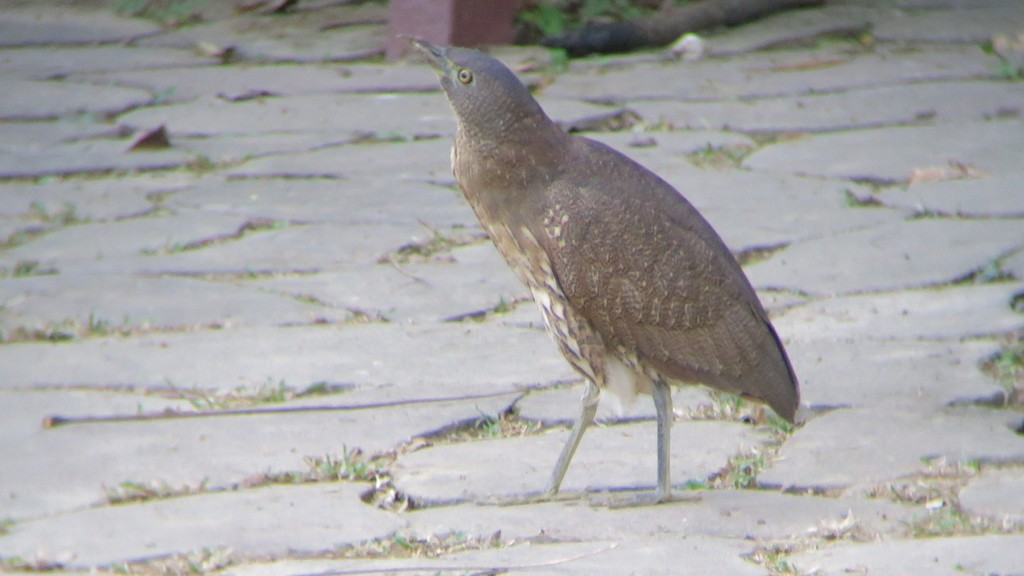Japanese Night Heron
A species of Asian and African Night-herons Scientific name : Gorsachius goisagi Genus : Asian and African Night-herons
Japanese Night Heron, A species of Asian and African Night-herons
Botanical name: Gorsachius goisagi
Genus: Asian and African Night-herons
Content
Description General Info
 Photo By verdit , used under CC-BY-NC-4.0 /Cropped and compressed from original
Photo By verdit , used under CC-BY-NC-4.0 /Cropped and compressed from original Description
The Japanese night heron (Gorsachius goisagi) is a species of night heron found in East Asia. It breeds in Japan, and winters in the Philippines and Indonesia. It is also seen in the spring and summer in Korea and the Russian Far East. The Japanese night heron prefers dense, damp forest, in both its breeding and winter ranges. Common until the 1970s, this species is threatened by deforestation in its summer and winter ranges for timber and farmland. Other documented threats include the introduction of the Siberian weasel (Mustela sibirica) in its breeding range and nest predation by crows, due to the increasing crow populations. The current population is estimated at less than 1,000 mature individuals. Accordingly, the Japanese night heron is marked as a protected species in Japan and Hong Kong. Future actions proposed to conserve this species include surveying its breeding habits throughout Japan and the Philippines, protecting its habitat, creating more public interest and awareness in the bird, and stopping invasive species from competing with it. 
Size
41 - 81 cm
Nest Placement
Ground
Feeding Habits
Japanese Night Heron forages at dusk, primarily consuming earthworms, snails, and insects from the forest floor. It employs its beak to extract prey and preferentially targets mature snails. In wetter habitats, it also hunts crustaceans and fish.
Habitat
Japanese Night Heron's natural habitat consists mainly of dense coniferous and broad-leaved forests, from hilly to low mountainous terrains, often near aquatic environments such as rivers and streams. They favor areas between 50 to 240 meters in altitude but may occupy up to 1,000 meters in breeding ranges and 2,400 meters during winter. During migration, japanese Night Heron also frequents bamboo forests and lightly wooded areas near farmlands across northeastern Asia.
Dite type
Carnivorous
General Info
Feeding Habits
Bird food type
Species Status
The Japanese night heron is very rare, because of its restricted breeding area. The population of the heron has decreased down to a few thousand within the last decade. For this reason, the Japanese night heron is legally protected by Japanese and Hong Kong Laws, and many programs have been proposed to counteract/steady the decline and create a revitalization of the species. The conservation acts propose public awareness, further study of the heron's home range within the seasons of breeding and inactivity, and control the sale of specimens. The control and inhibition of invasive species that impact the heron are also being addressed. 
Scientific Classification
Phylum
Chordates Class
Birds Order
Pelicans and Relatives Family
Herons Species
Japanese Night Heron